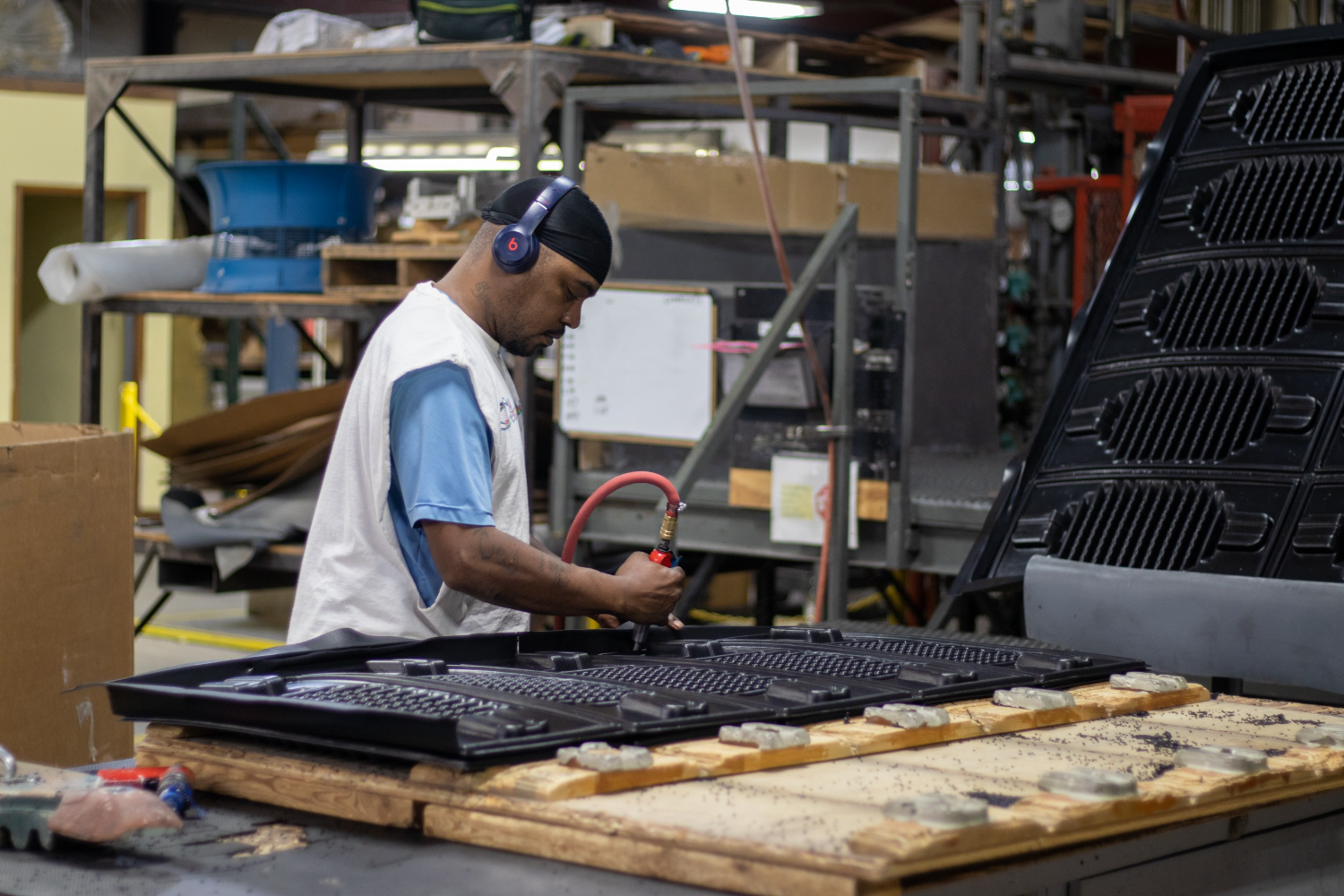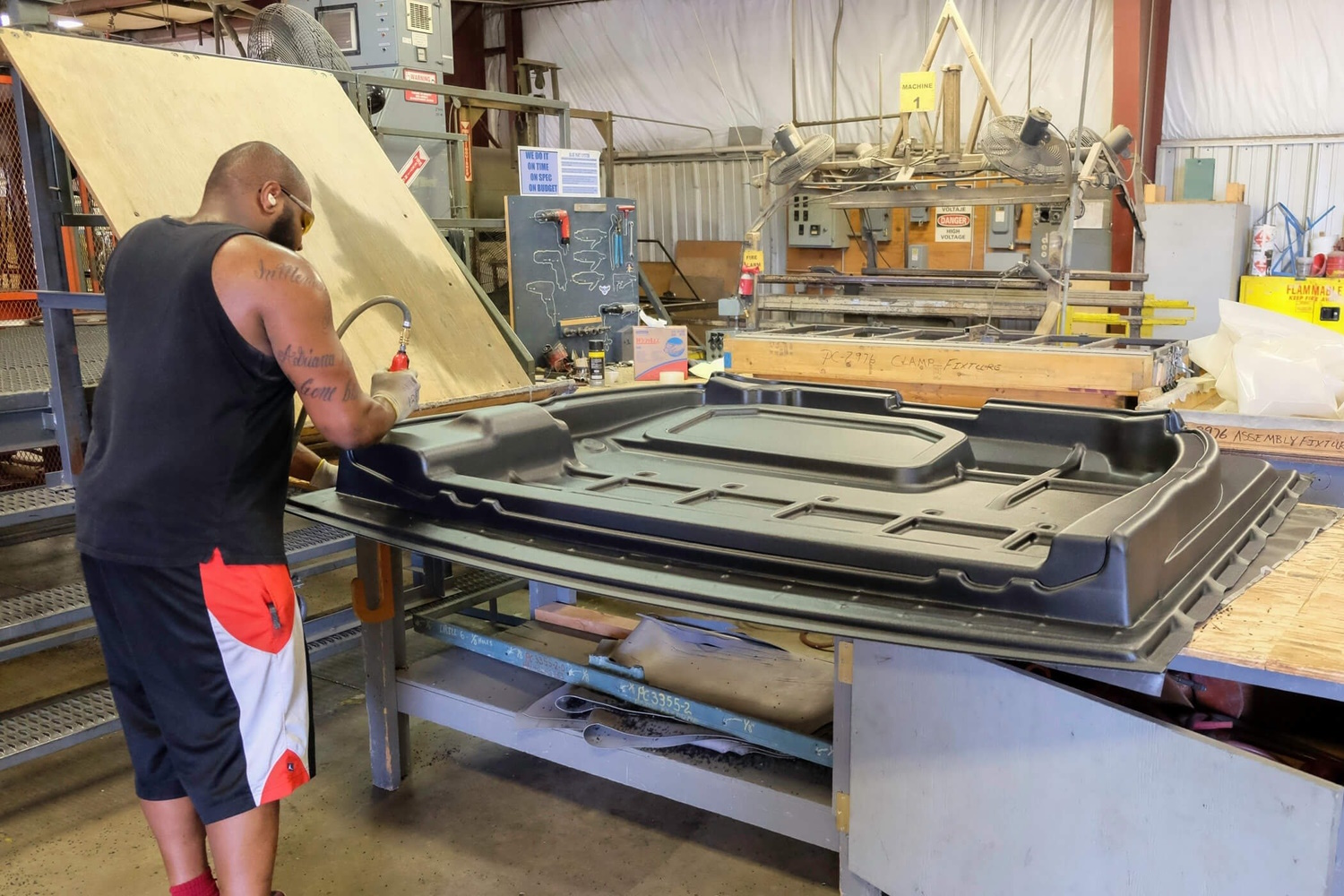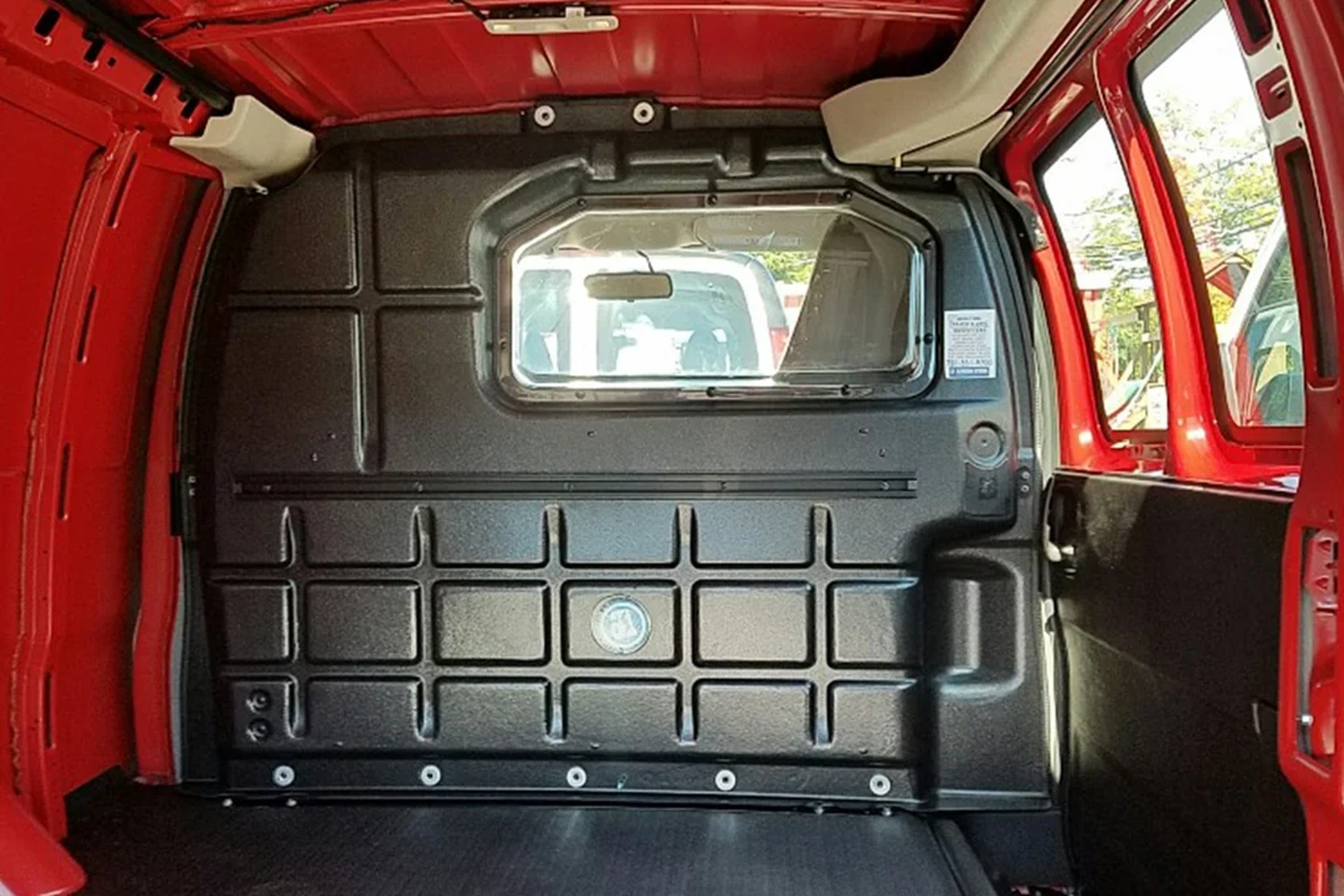Materials Used To Make Thermoforming Tooling
Thermoforming is a popular manufacturing process used to create plastic products and components by heating and shaping plastic sheets. Thermoforming molds are an essential part of this process, as they determine the product's final shape. To create high-quality thermoformed products, using the right materials for the molds is crucial.
Let's look at the materials that are typically used for thermoforming molds.
Aluminum
Aluminum is a popular material for thermoforming molds due to its high thermal conductivity, low weight, ease of machining, and casting. Aluminum molds can be designed to handle large production volumes, making them ideal for mass production. Additionally, aluminum molds are corrosion-resistant and can withstand high temperatures, making them a durable option for thermoforming higher-density and semi-crystalline materials. Due to the tight machining tolerances available on aluminum; tools with removable inserts and articulations are almost always made from aluminum.
Tooling Board Tools
Tooling board tools are becoming one of the most common tooling materials as an alternative to aluminum. Tooling board commonly known as Ren, Ren board, styling board, or Raku handle low to mid range tooling volumes on parts where temperature control is not required. Tooling board molds are popular due to their ability to be easily modified for revisions. Tooling board tools are generally made by layering multiple layers of board together often resulting in visible seam lines on the finished part for smooth materials. Tooling designers must be diligent in their tool design for hiding seam locations when using this material.
Binder Jet 3D Printed Tools
Binder Jet 3d printed tools work for short-run production with limits on the materials that can be molded. The technology is still newer and continues to work to prove its lifespan. Tooling has been shown to produce up to 5,000 parts with the potential for higher volume. 3D printed tools will produce prototype parts from ABS, PVC, and blends. These tools are comparably priced to tooling board tools and can be produced in a shorter time frame than machining a tooling board tool. Binder Jet technology is also limited in tool size for large molds. Seams may be visible on smooth parts with this technology as well.
Composite Materials
Composite materials like fiberglass and epoxy are also used for thermoforming molds. These materials are known for their high strength-to-weight ratio, making them ideal for applications where weight is a concern. Composite molds are also highly resistant to wear and tear, making them a durable option for thermoforming. As they are built using a casting process from a negative, they are homogenous and do not have seamlines like tooling boards or 3D-printed tooling.
Steel
Steel is a durable and robust material used for thermoforming molds. Steel molds can withstand high temperatures and are highly resistant to wear and tear. They are also ideal for producing large, complex parts requiring high precision and dimensional accuracy. However, steel molds can be costly and may require longer lead times.
Wood
Wood is another material used for thermoforming molds. Wood molds are ideal for prototyping or very small production runs. They are generally the least expensive option, easy to work with, and can be designed to handle complex shapes. However, wood molds are not as durable as other materials and can be prone to warping, splitting, and even the grain from the wood showing through on finished parts. The heat from the molding process does not dissipate well, resulting in longer machine cycle times for cooling parts and keeping the tool itself cool enough to prevent damage.
Choosing the right material for thermoforming molds is essential to create high-quality products. Each material has advantages and disadvantages; the choice ultimately depends on the production requirements and budget.
Manufacturers should work closely with their tooling suppliers to select the right material for their application. Manufacturers can create products that meet their customer's requirements and expectations by selecting the right material for thermoforming molds.



